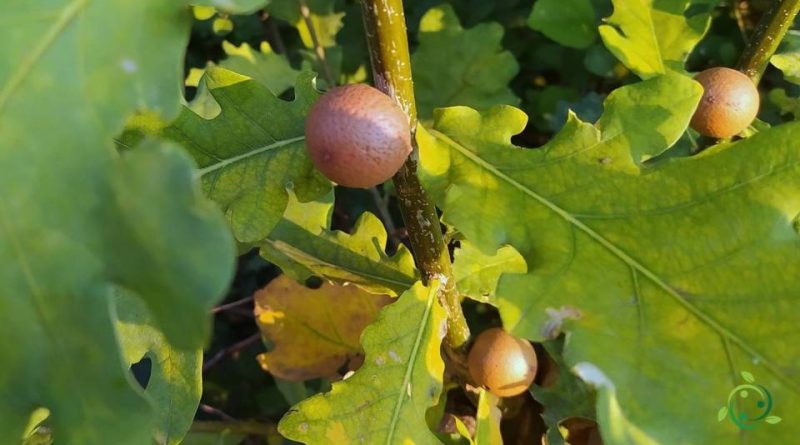Gall
Gall
The term gall, in botany, means a pronounced globular outgrowth with a highly modified tissue structure, which arises on the organs of (plants, leaves, roots and flowers) in reaction to irritation of foreign organisms, generally an insect, or some other agent.
The science that deals with the study of floats and the insects that induce them is called caecidology.
A gall is therefore an outgrowing malformation that forms on the leaves, branches, trunk and roots of plants due to parasitic infections by fungi, bacteria, insects or mites. In this sense it can be defined as a “tumor” as it consists of a proliferation of the plant cells of the plant itself.
From the conformation of the gall, it is usually easy to recognize the type of parasite as each of them produces a different float by means of a different agent.
The bugall of the collar differs from the gall; the latter is not a real float as it is not induced by external agents but consists of a proliferation of undifferentiated plant cells induced by the autonomous production of growth phyto-regulators (auxins or cytokinins) by the same cells.
The floats are used for various purposes; they are used to produce iron-gall inks. The tannins, of which the galls are very rich, are reacted with ferrous sulphate. The iron (II) complex produced is used as ink.
One of the gall particularly widespread in Italy is that of the oak, which is caused by a hymenoptera (Andricus quercuscalicis Burgsdorf, 1783).

